Duration: 2019 january - 2021 april Project focuses on impacts of large-scale grassland restoration on biodiversity, ecosystem functioning and provision of ecosystem services. This is a follow-up to the project carried out in 2015-2017, during which the pre-restoration status of grassland biodiversity was recorded. Current project aims to 1) describe the post-restoration status of important species groups; 2) analyze the impacts of large-scale restoration activities on biodiversity, ecosystem services and ecosystem functions; 3) compile the guidelines for landscape-scale restoration of Estonian grasslands, considering the impact of different restoration actions on biodiversity. Results of the project are important for organizing the conservation and restoration of semi-natural grasslands. Project participants: Aveliina Helm, Tsipe Aavik, Liis Kasari, Triin Reitalu, Elisabeth Prangel Funding: Environmental Investment CentreLarge-scale restoration of calcareous grasslands, implications for biodiversity

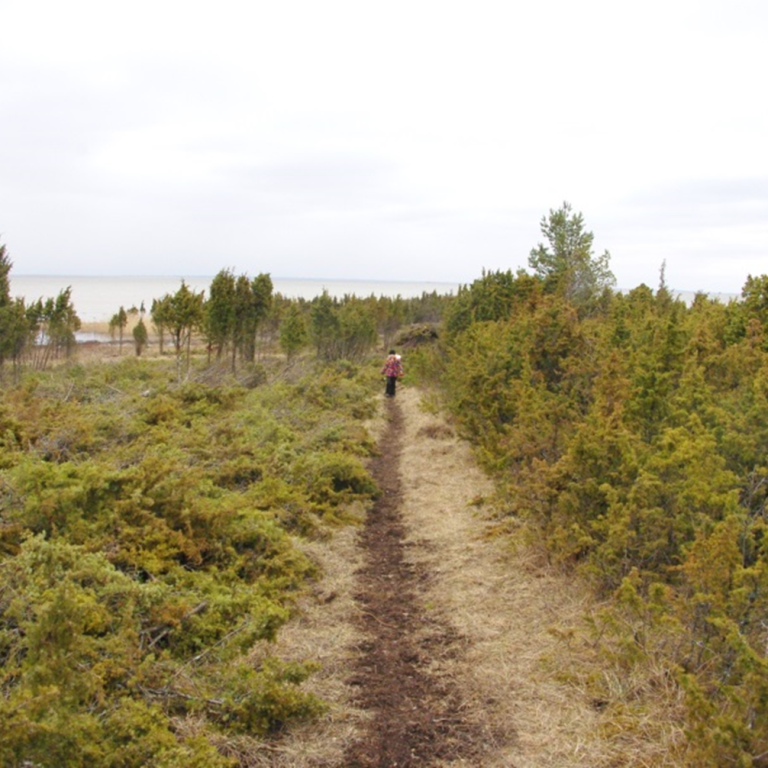
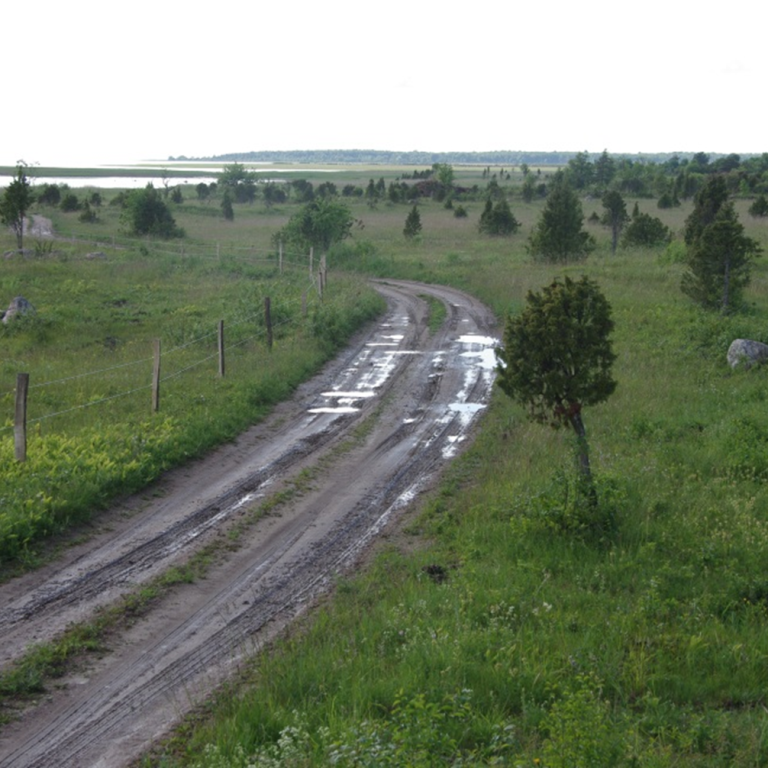
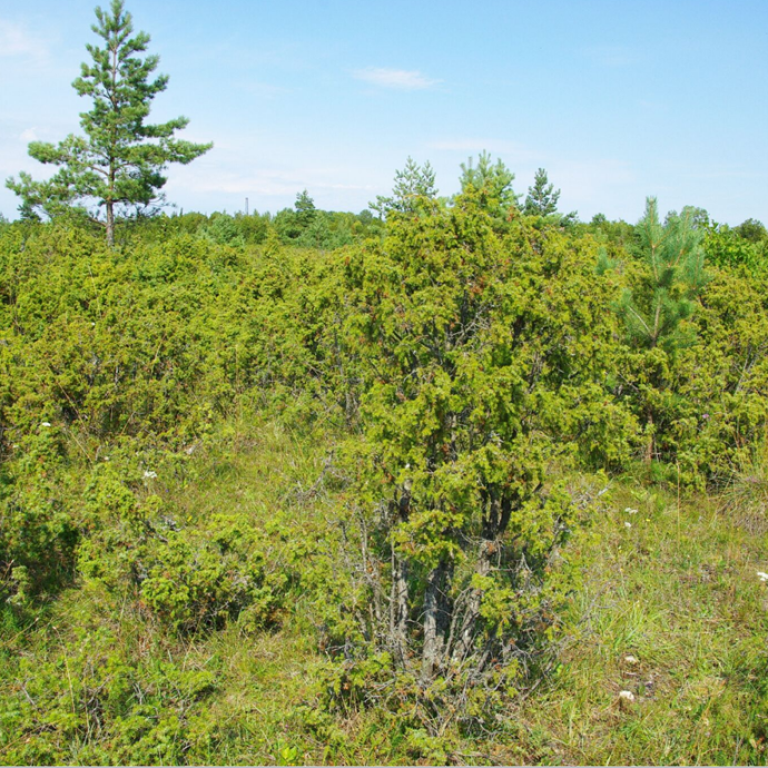

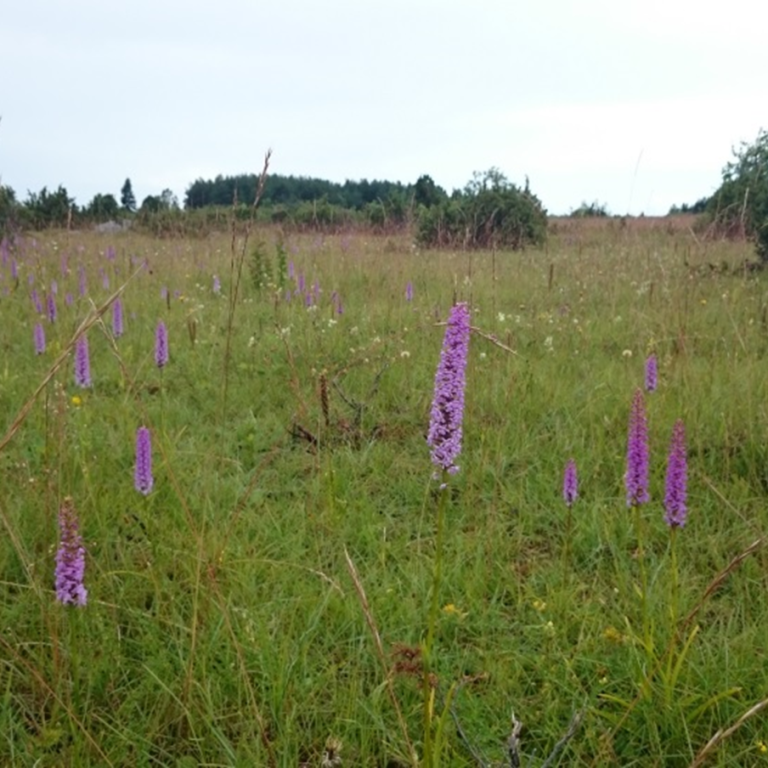
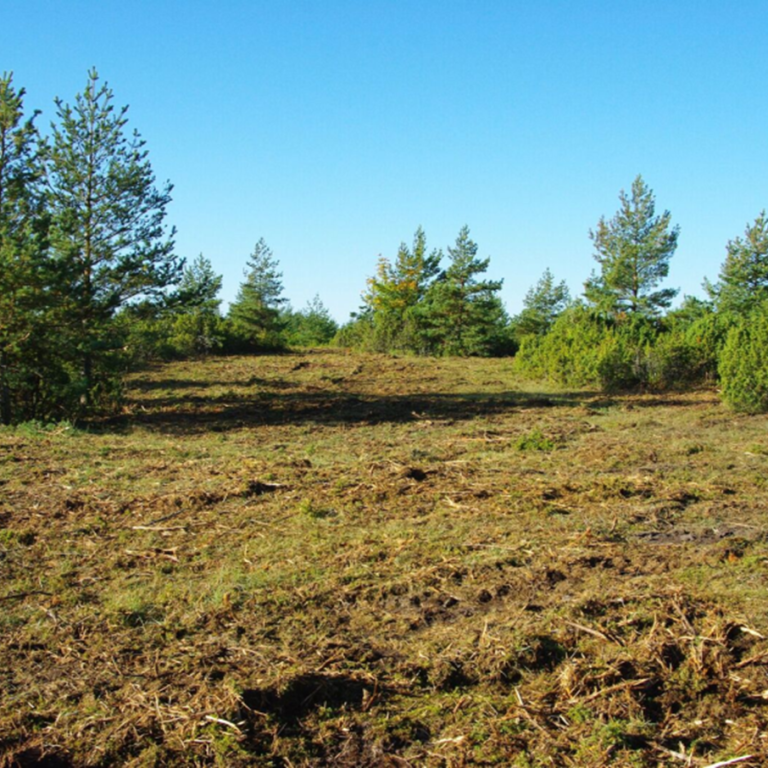
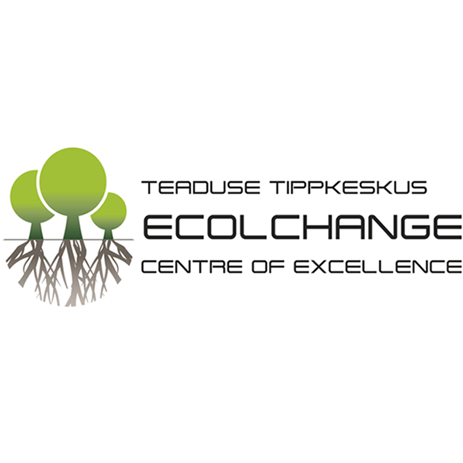
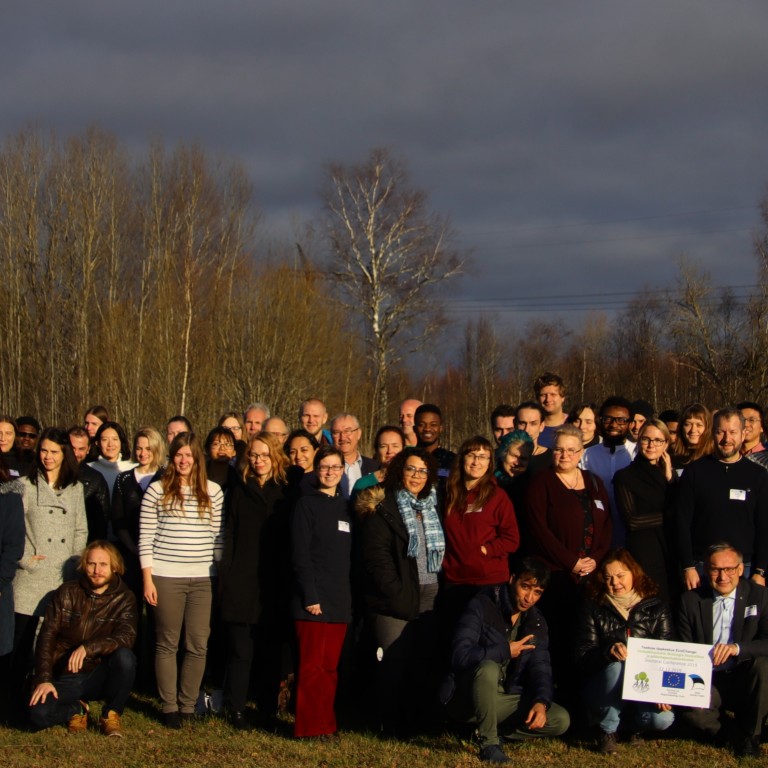
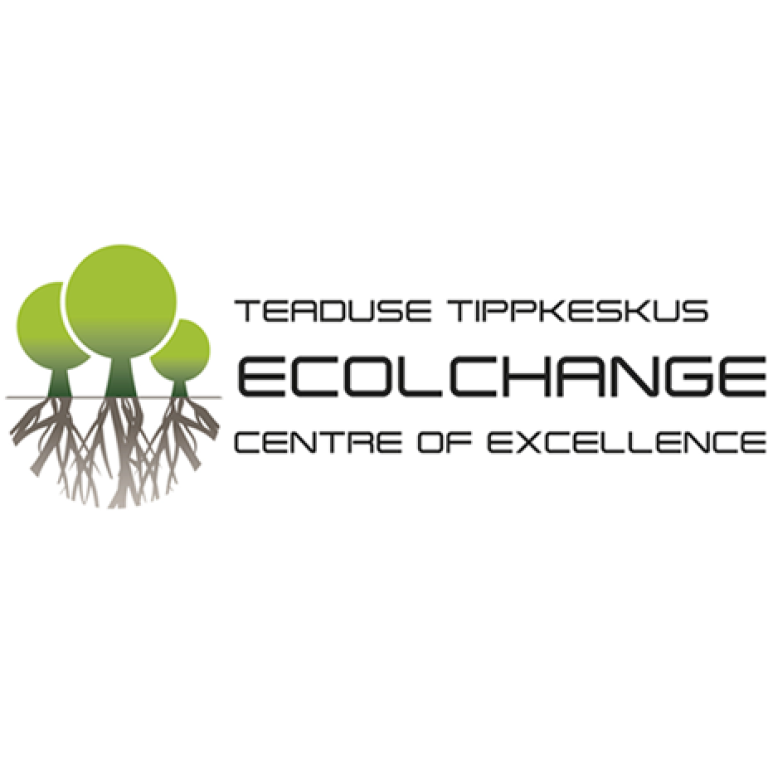
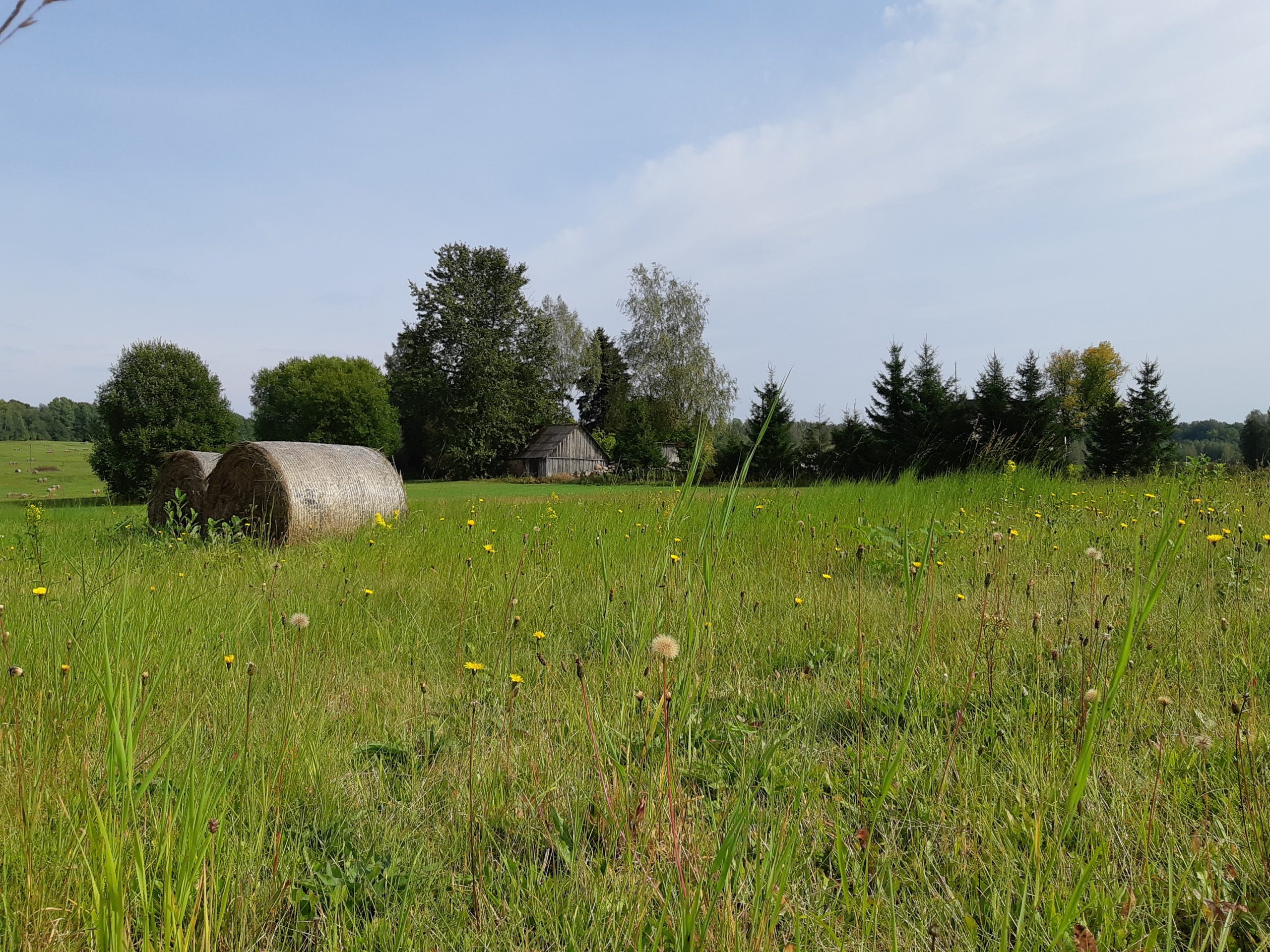
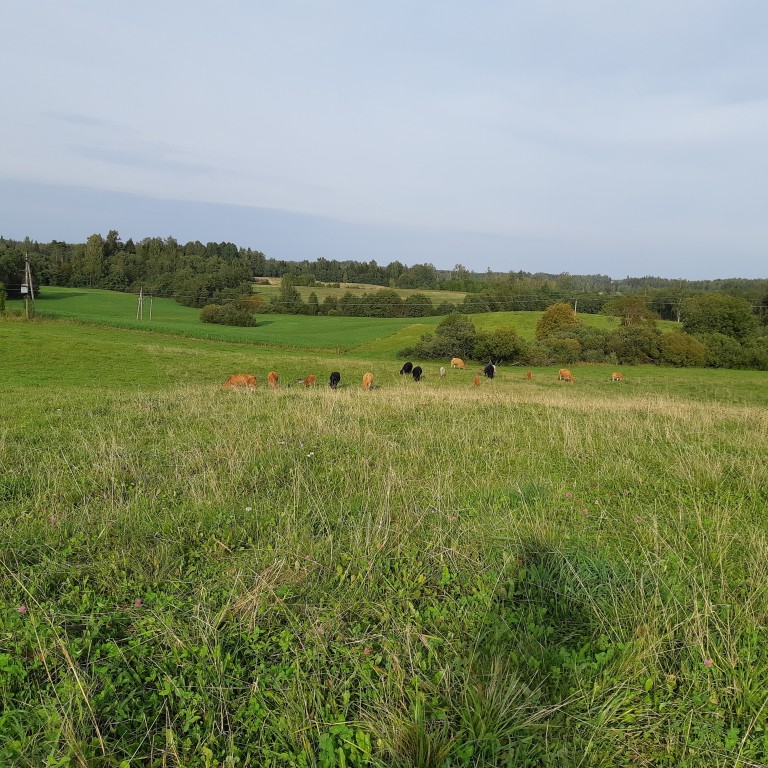
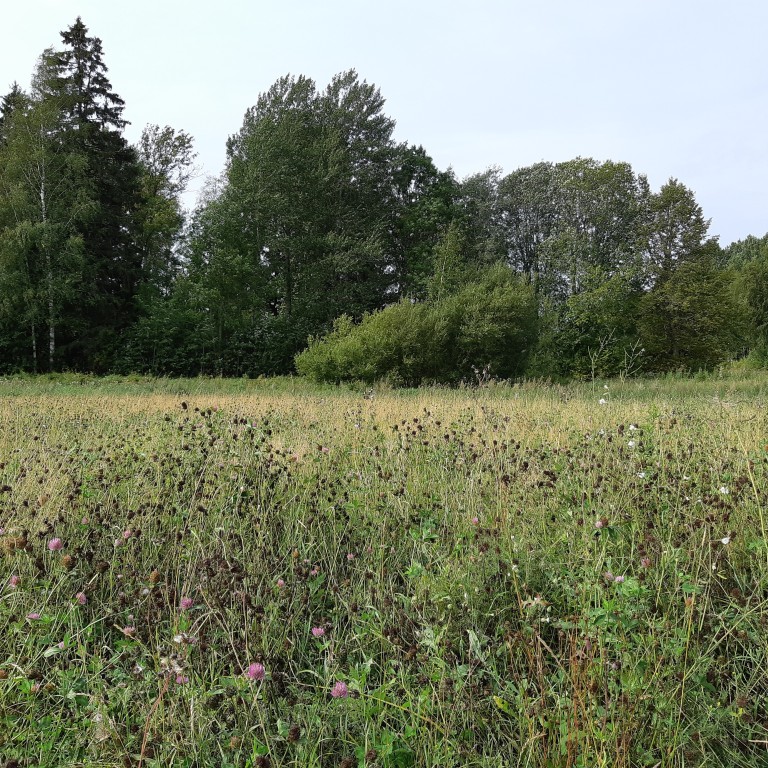
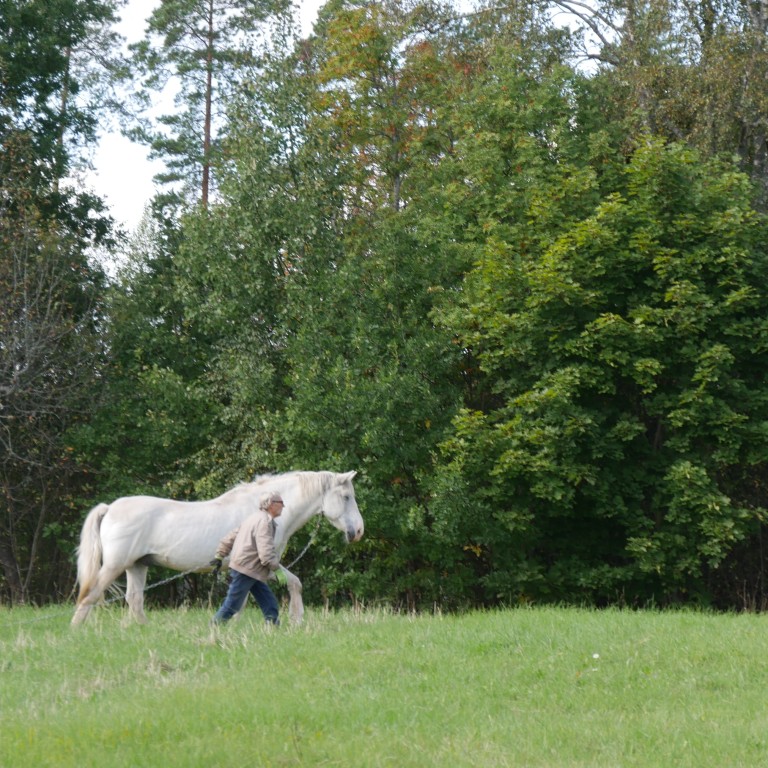
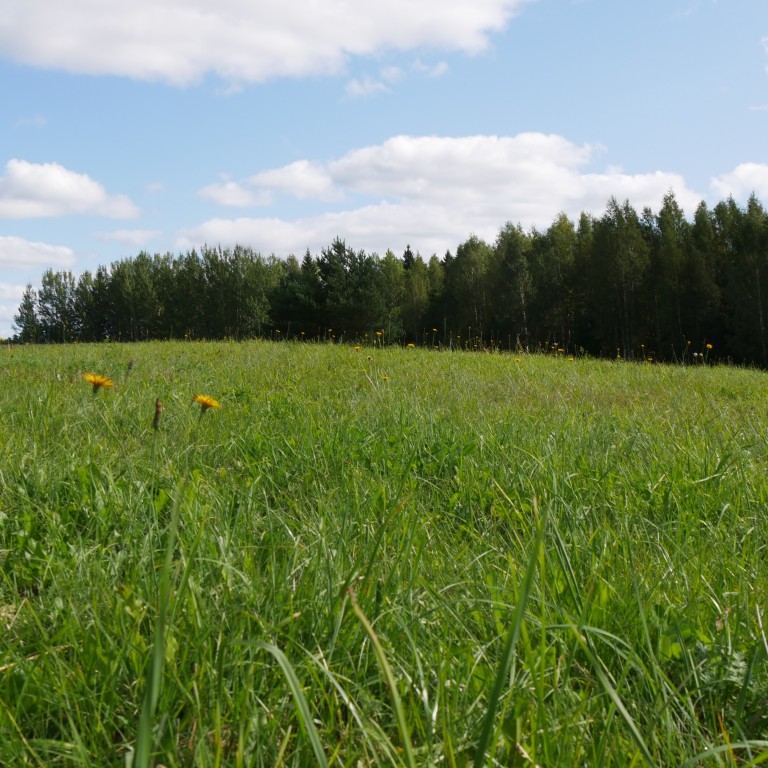
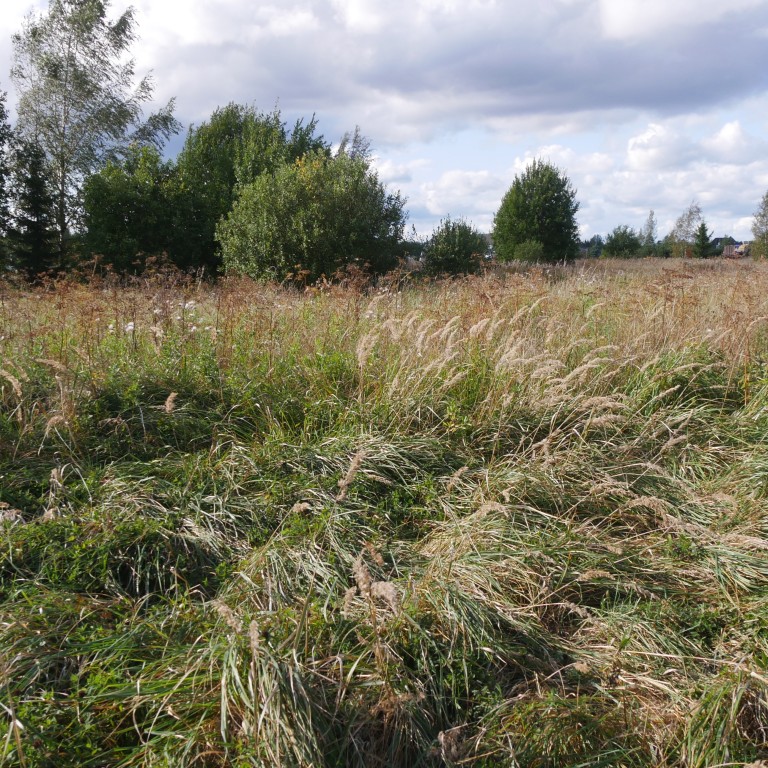
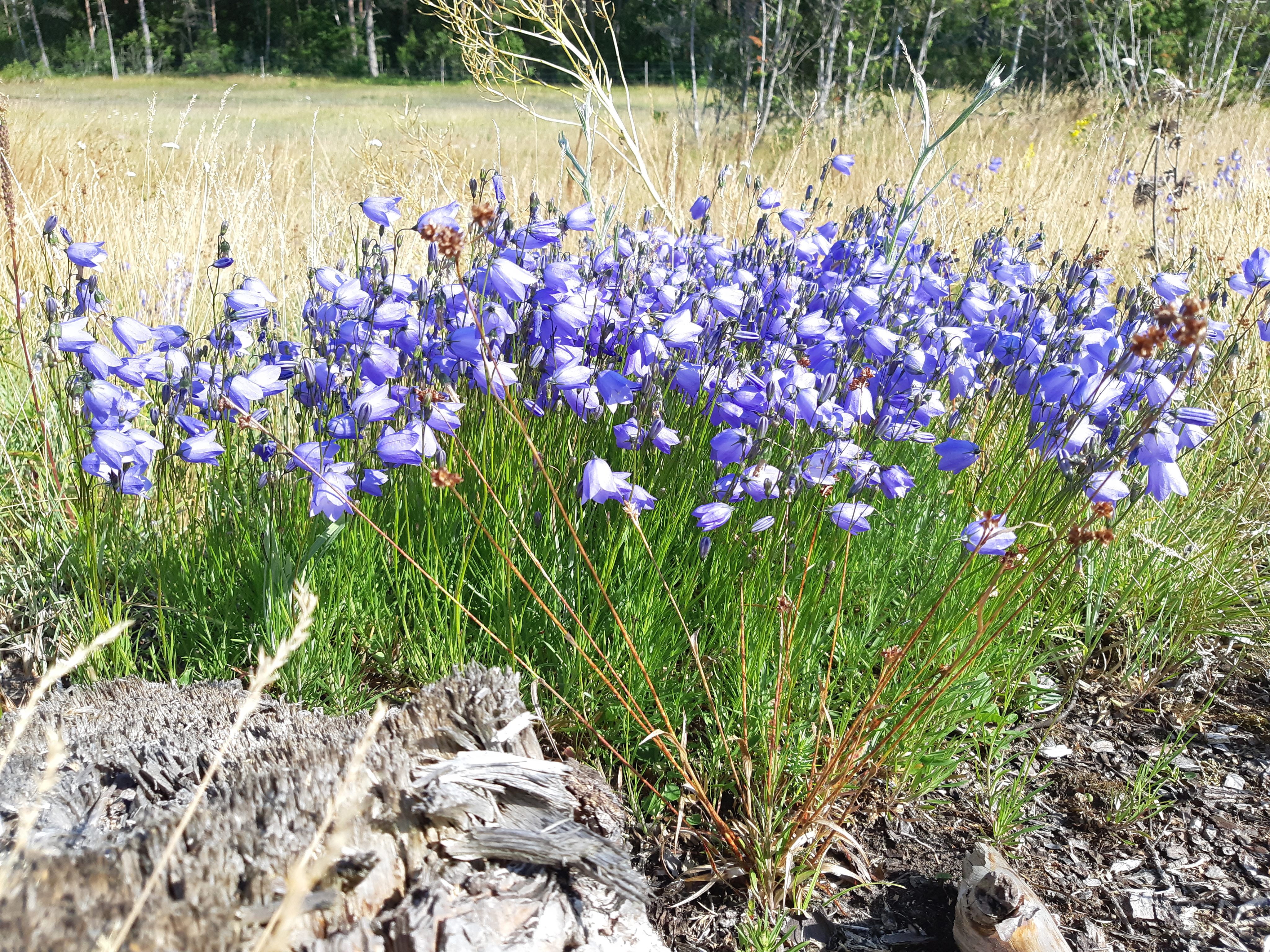
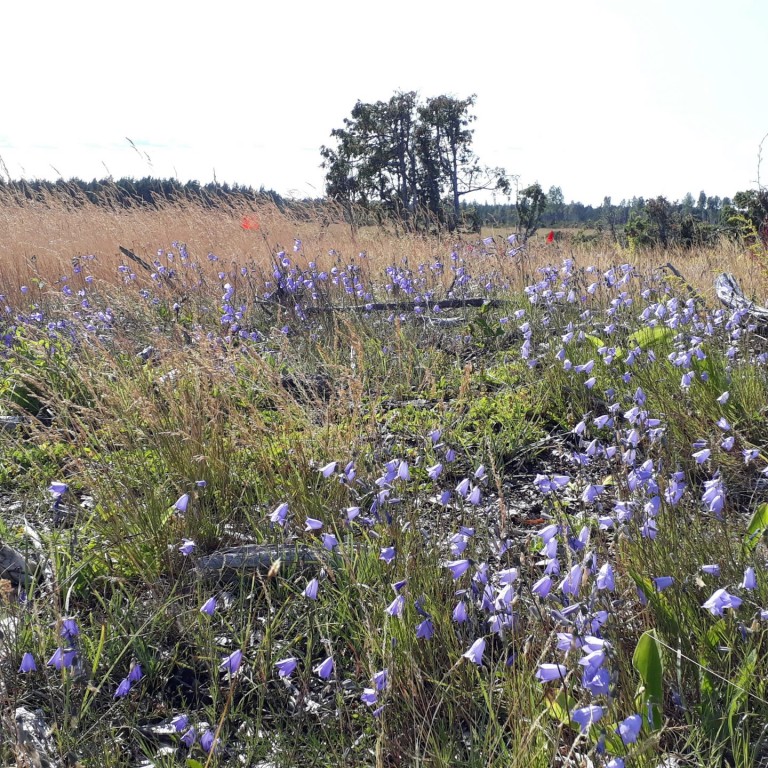
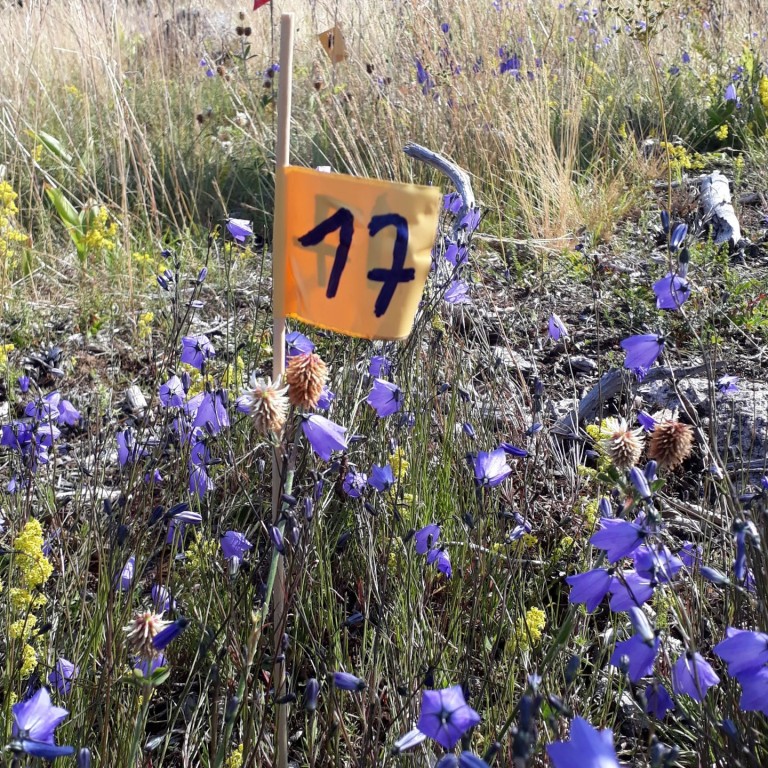
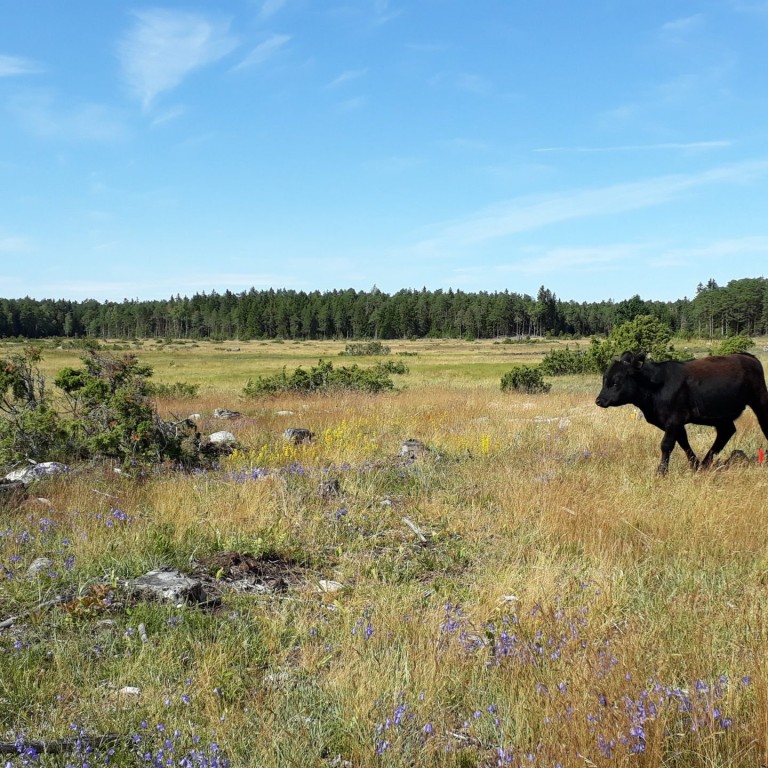
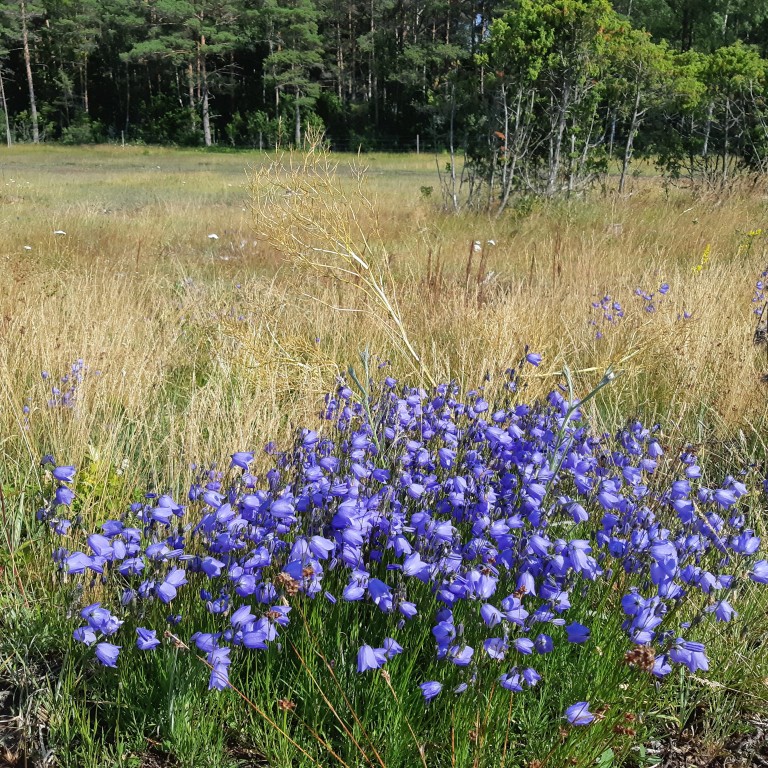
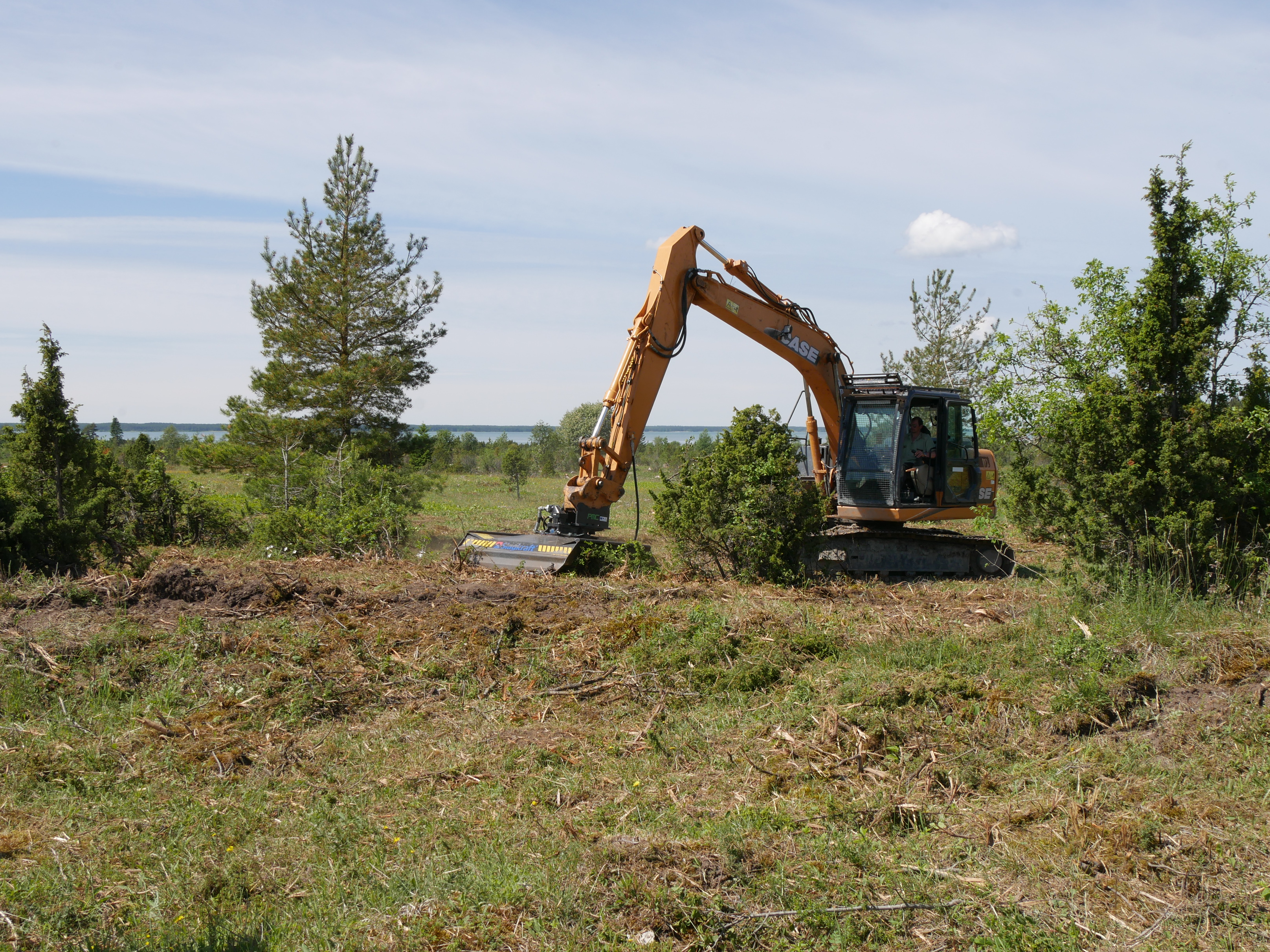
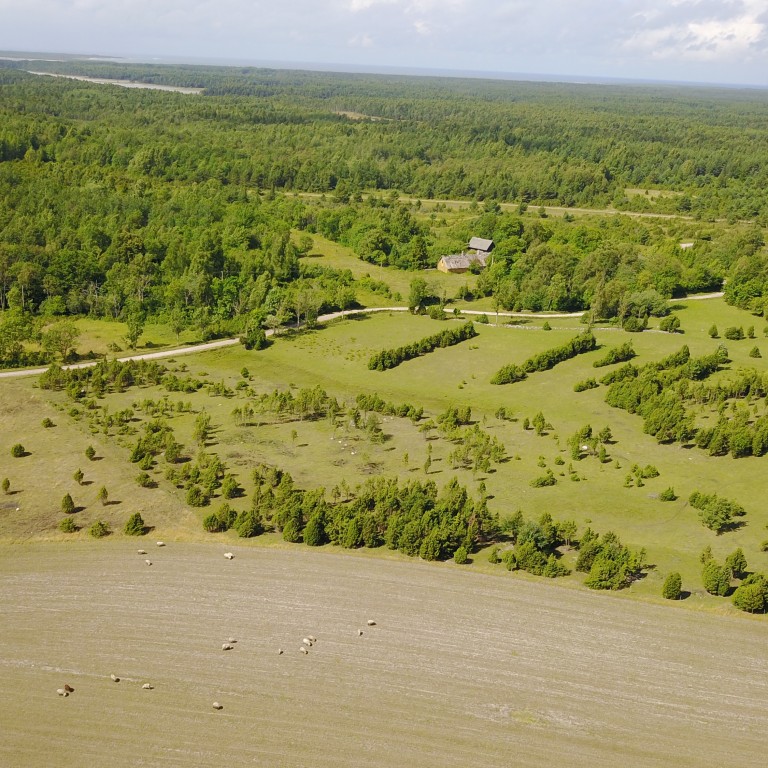
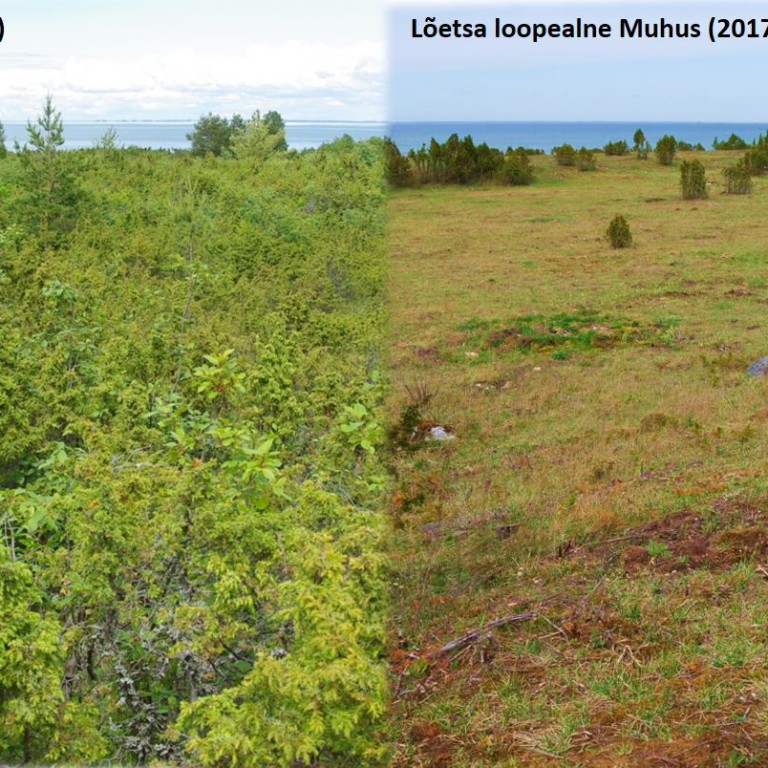
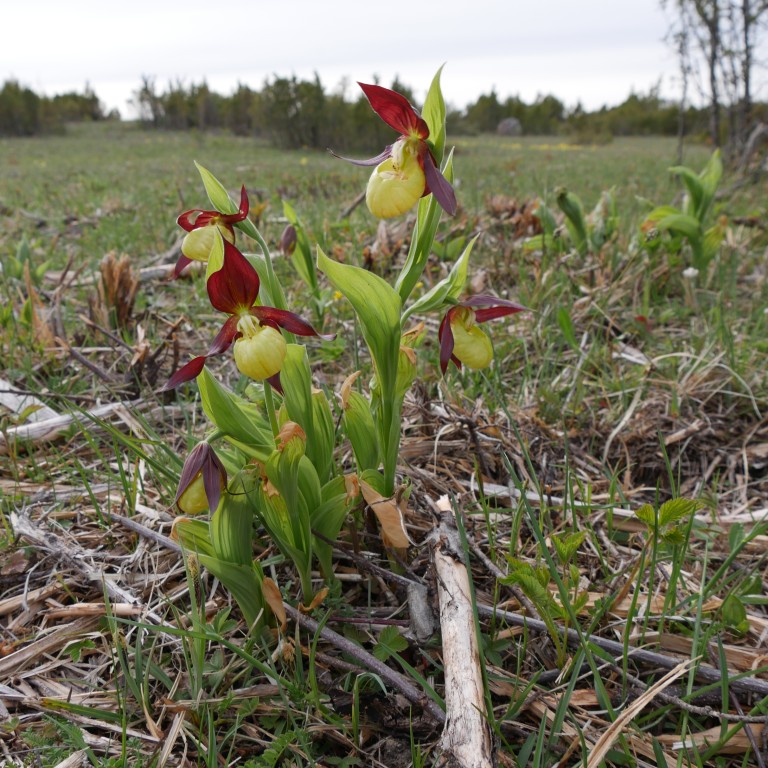


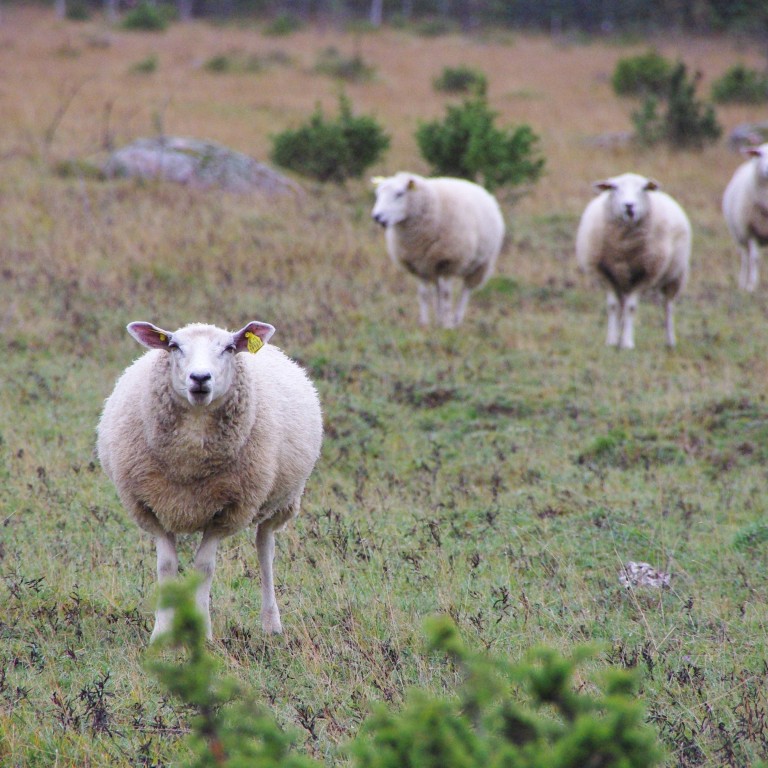

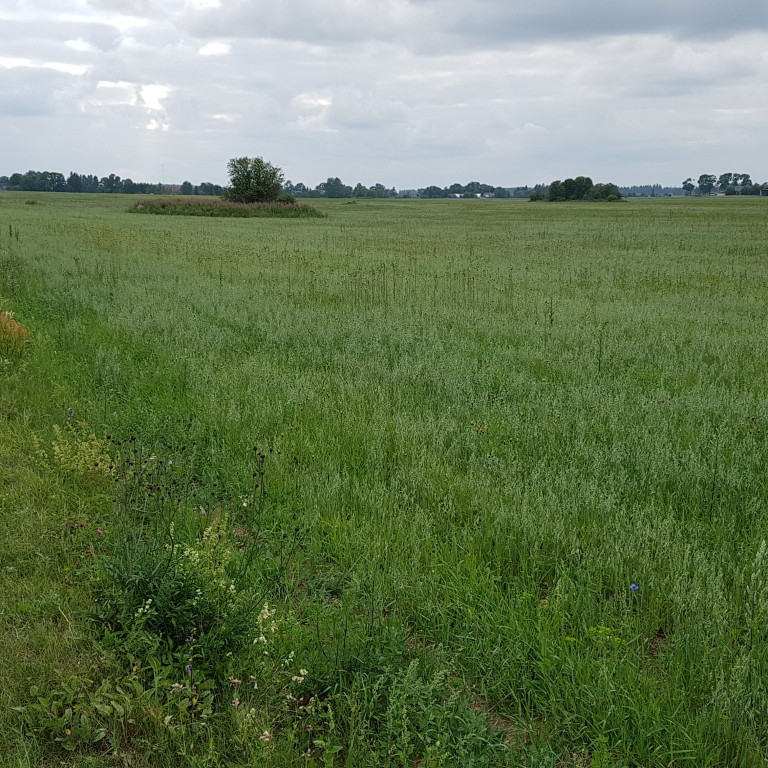
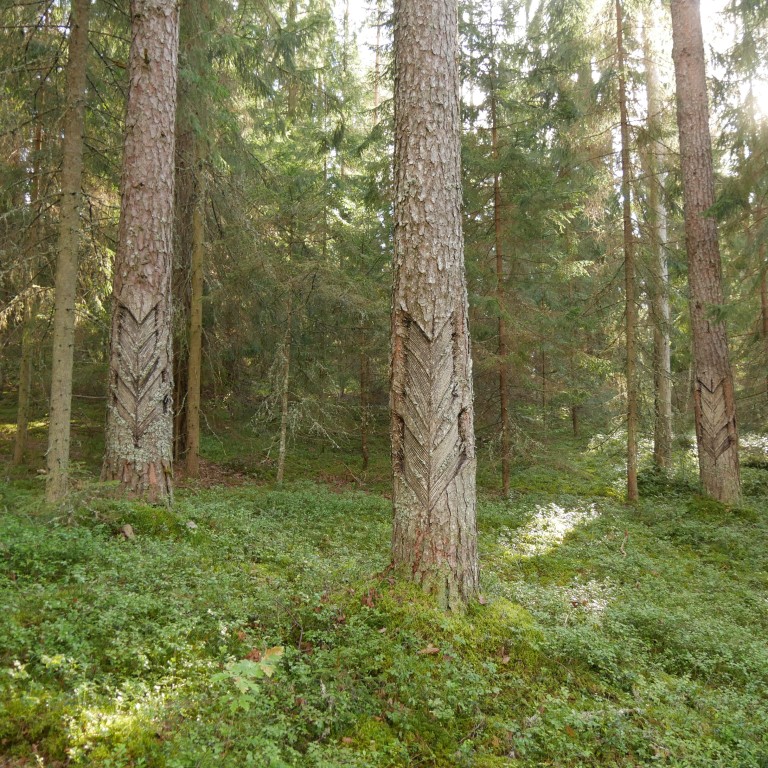



Recent Comments